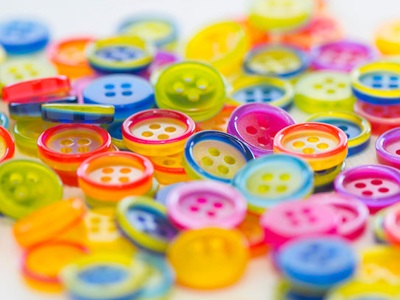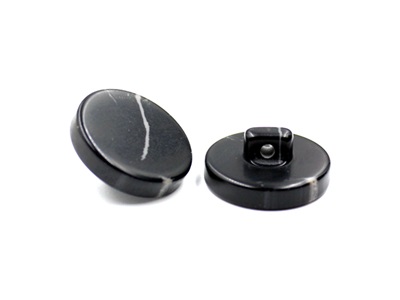The most common types of buttons are flat buttons and shank buttons (also known as vertical buttons because they look more three-dimensional), which are widely used in various types of clothing. In this article, we will discuss the main differences between these two types and several considerations you should consider before buying.
- Structure / shape
Flat buttons can be further divided into two hole and four hole flat button types. However, the main features between the two remain unchanged, with flat holes in the middle. These holes are used to sew threads and fix buttons on clothes.

On the other hand, there is a protrusion with holes on the back of the shank button, which is used for sewing thread to connect clothes and buttons. Because of this handle structure, shank buttons can have many different shapes, which is usually considered to be the main advantage.

- Manufacturing process
Due to the difference in shape, the two types have undergone different manufacturing processes and can be made of different materials according to needs.
Flat buttons usually undergo a relatively simple manufacturing process: the material (usually plastic) is molded into the desired shape and two or four holes are added.
The manufacturing process of shank buttons is relatively complex, especially for resin buttons. In addition to scraping the peripheral materials with a die knife, it also needs to drill holes on the handle. Not only is the process complex, but the materials used are more than flat buttons. The materials required for one shank button can almost make three flat buttons of the same model, so the price is relatively expensive. Although molded products (usually plastic buttons, alloy buttons, etc.) are also formed at one time through molds, the development cost of molds is also more expensive than flat modeling, and more materials are used. - Application
Flat buttons are cheap and can be sewn with a sewing machine. They are usually more widely used. However, flat buttons are usually not suitable for heavy clothes, and mixing and matching colors and shapes can be very difficult. Flat buttons are usually a more common choice for formal clothing because they are simple.
Due to its stronger structure, shank buttons are more suitable for heavier clothes, such as overcoats.
